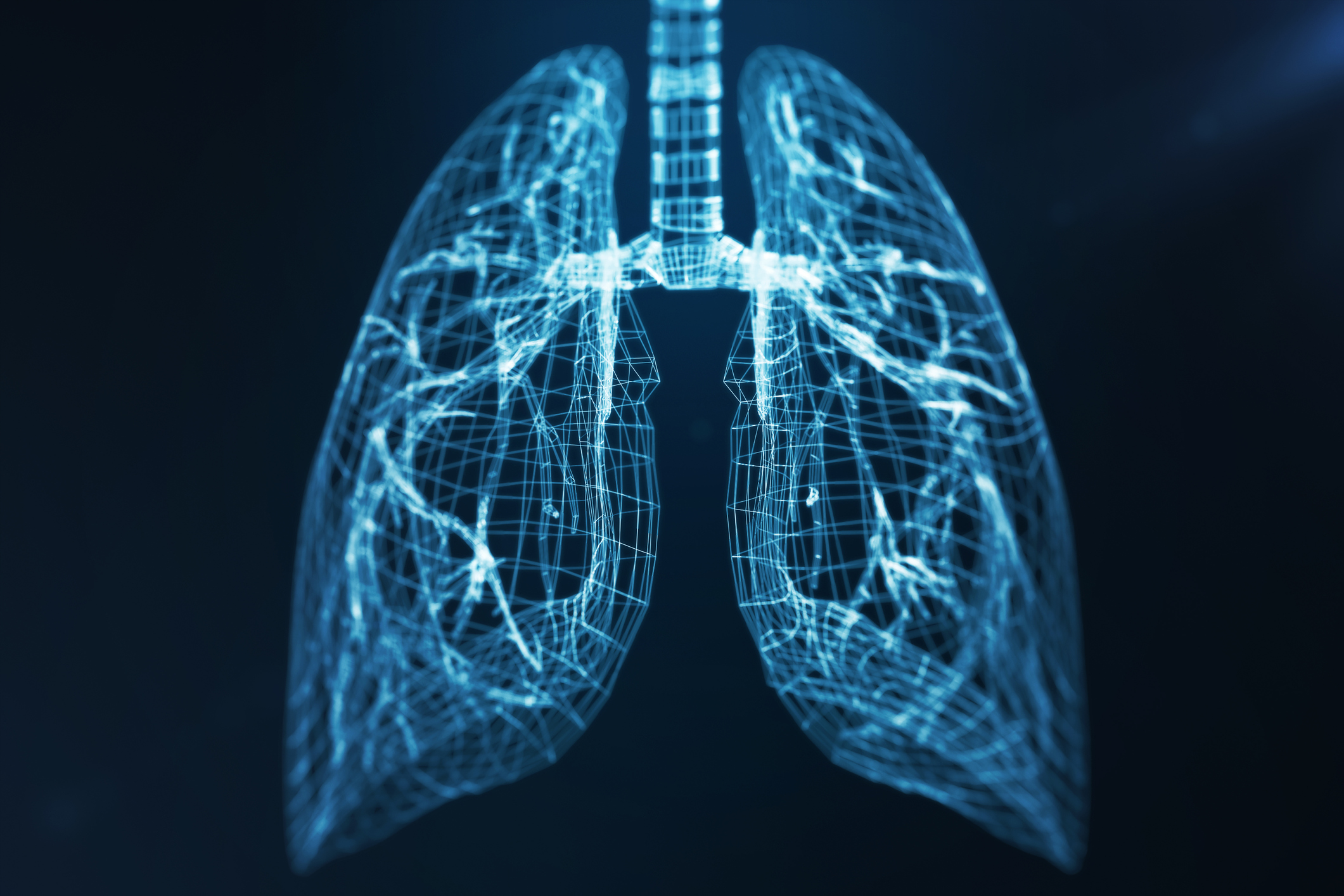
For the past six years, Elyssa Barbaro has gotten screened for lung cancer. The 71-year-old New Yorker smoked for about 50 years, but she doubts she would have gotten an annual preventative CT scan if her pulmonologist hadn’t told her she should. Even though the procedure takes just 15 minutes, it saved her life—more than once. During her CT scans in 2019 and 2020, cancer was discovered in Barbaro’s lungs.
At first, Barbaro was terrified to learn that she had cancer. But because her doctors had checked her lungs annually, and then every six months after her diagnoses, they were able to find the nodules soon after they started growing, when they were still very small. This meant the cancer could be easily removed by surgery, and that she didn’t need aggressive (and often painful) procedures to contain it, like chemotherapy and radiation. Now, Barbaro urges her friends who currently or formerly smoke to get screened.
“I know people are afraid to find out they have something wrong with them,” says Barbaro. “But for me, the far greater fear is not knowing you have something wrong with you.”
Lung cancer is the leading cause of cancer deaths, and one reason why is that many patients don’t experience symptoms until the disease becomes advanced. In the U.S., only 18.6% of all lung cancer patients survive for five years, since just 16% of lung cancers are diagnosed at an early stage. But more widespread screening can significantly improve people’s odds of lung cancer survival, new research finds. In research presented at the Radiological Society of North America’s annual meeting on Nov. 27, an international team of researchers screened more than 87,000 participants, including Barbaro, with varying levels of risk for lung cancer. The screenings were conducted at least annually at more than 80 institutions around the world. Those who were screened yearly had a significantly reduced risk of dying from lung cancer; in more than 80% of cases, the cancer was detected early. Among 1,285 patients who were diagnosed with lung cancer, their survival rate was 80% over 20 years. And 92% of patients who had the earliest stage lung cancer survived for at least 20 years.
More from TIME
Read More: How AI Is Changing Medical Imaging to Improve Patient Care
This research adds to a growing body of evidence that lung-cancer screening saves lives. Under the current recommendations of the U.S. Preventive Services Task Force (USPSTF)—an independent body that reviews hundreds of studies on preventing and screening for different conditions—people ages 50 to 80 with a 20 “pack-year” smoking history (calculated by multiplying the number of cigarette packs smoked per day by the years a person smoked) should get screened annually. So should people in that age range who currently smoke or have quit within the past 15 years. “Lung cancer screening helps people live longer and healthier, because it catches lung cancer at an earlier, more treatable stage,” says Dr. John Wong, professor of medicine at Tufts University School of Medicine and a member of USPSTF. (Wong was not involved in the new study.)
Despite these benefits, most eligible people don’t get screened. A 2017 study published in 2020 found that only about 12% of people recommended under the USPSTF criteria at the time had been scanned for lung cancer over the last 12 months. As a result, many lung cancer cases are diagnosed at a late stage, when treatment options are fewer or none. That’s part of the reason why the authors of the new study wanted to conduct this research, says Dr. Claudia Henschke, director of the Early Lung and Cardiac Action Program at the Icahn School of Medicine at Mount Sinai in New York and the lead author of the study. “The message hasn’t gotten out there enough to people who are at risk for lung cancer: that they can be cured,” says Henschke. “Coming back for the annual screening year after year is important.”
Lung-cancer patients often do not experience symptoms right away because at the early stages, the cancer is too small to cause noticeable symptoms, says Dr. Michael Nissenblatt, an oncologist in New Jersey (who was not involved in the study). For instance, patients don’t start to feel pain until the cancer expands to the surface of the lung, where it can scratch against the walls of the chest. “Early stage lung cancer without screening simply won’t be discovered,” he says, unless a doctor catches it in a test for another illness.
Over the last few decades, says Nissenblatt, doctors have made major strides to treat lung cancer. In recent years, more patients are surviving stage three and four lung cancers thanks to advancements in therapies, including a new course of treatment that follows a year of chemotherapy and radiation with a medicine called durvalumab. However, even with this treatment, Nissenblatt notes, more than half of people with stage three lung cancer die within five years. In this area, “we’ve made progress, but not so much,” he says.
Scientific advances in surgical techniques have also made treatment for early-stage lung cancer easier. While 20 years ago patients had to remain in the hospital for 10 days after surgery, he says, the newest procedures enable patients to leave the hospital the same day or the following morning. “It becomes no more of a problem than removing a gallbladder or removing an appendix,” he says.
For patients who fit a certain profile, the choice to screen is clear, Nissenblatt says. “The earlier the diagnosis,” he says, “the greater the opportunity we will have to cure you.”
More Must-Reads from TIME
- Cybersecurity Experts Are Sounding the Alarm on DOGE
- Meet the 2025 Women of the Year
- The Harsh Truth About Disability Inclusion
- Why Do More Young Adults Have Cancer?
- Colman Domingo Leads With Radical Love
- How to Get Better at Doing Things Alone
- Michelle Zauner Stares Down the Darkness
Contact us at letters@time.com